Suspension Tech: What Is a Bypass Shock?
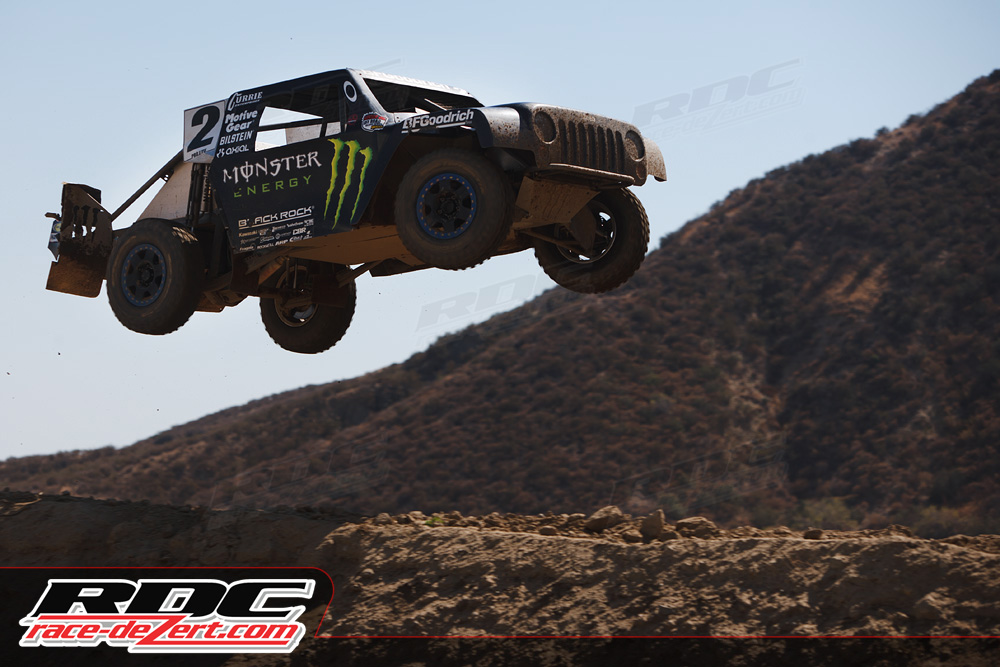
You see them on the most extreme JK builds: A second set of shocks that sometimes have tubes running on the outside of the body but are not part of a reservoir. You see it on trophy trucks, Ultra4 rigs, and LOORRS trucks, but just what is a Bypass Shock and why is it needed? Let’s go into a briefing on what this unique, off-road shock does, and why you might need one.
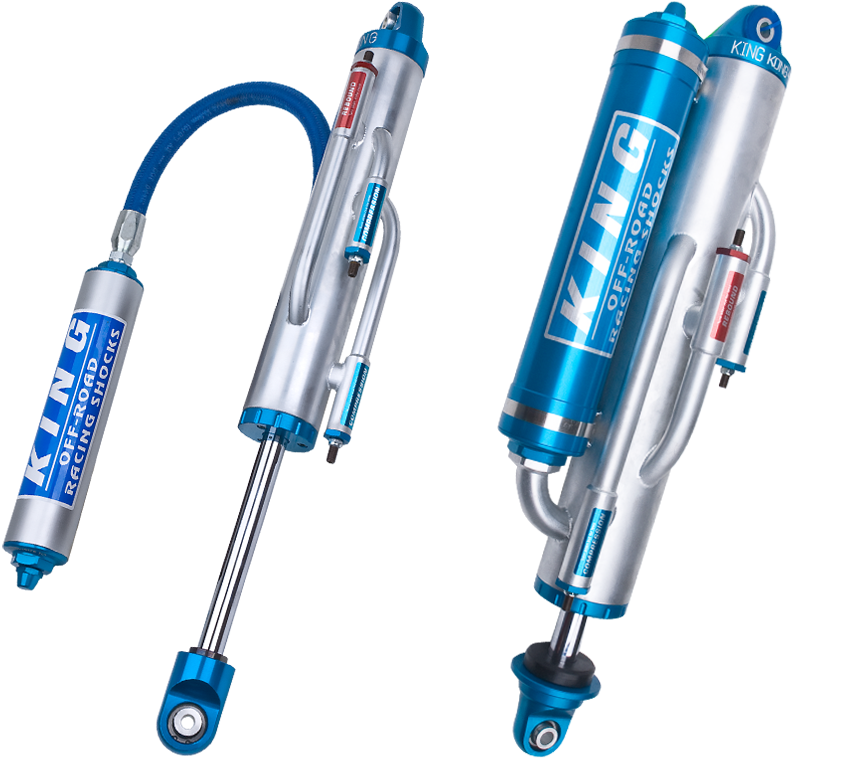
Bypass shocks offer a controlled, staged way to dampen your suspension as it travels. The most common is the external bypass shock, with tubes running on the outside of the shock body at certain points. These external tubes allow the shock piston to flow through the oil in different “stages” until the piston passes the tube. Some tubes will work on compression (up travel) while others work on rebound (down travel). This gives you the option to have the piston work one way on smaller bumps while being able to provide a different dampening on big bumps.

This is exactly why you would need it. It gives you more control over how your suspension will act as you travel down your trail. Most rock crawlers won’t have this, but you will see these on Ultra4 rigs as they travel through high-speed, open desert terrain where they need further control of suspension dampening. You’ll also typically only see a bypass by itself, which is usually designed for just how the piston will travel in those stages. However, there are two very unique shocks that have a by-pass yet are also coil-over by King Shocks: The Internal Bypass and the Coilpass.
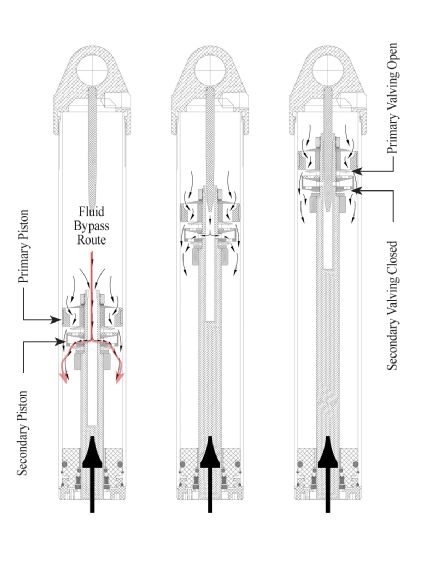
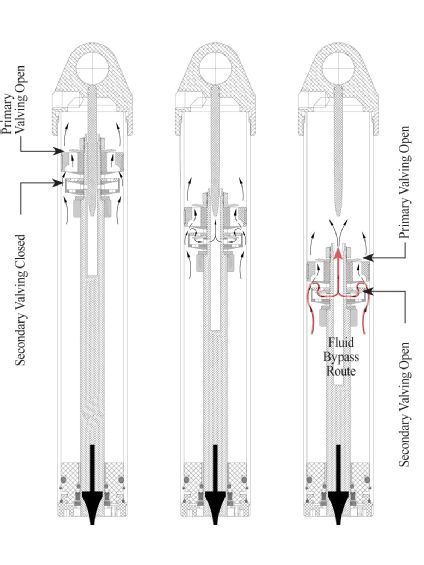
The Internal Bypass is a mono-tube shock that contains a two-stage piston. As the piston reaches a certain point in compression, the hollow tube the piston is attached to is closed off by a large needle, allowing only the upper piston and its valves to act. Once out of the range of the needle, the lower piston’s valves will act on the dampening of the shock.
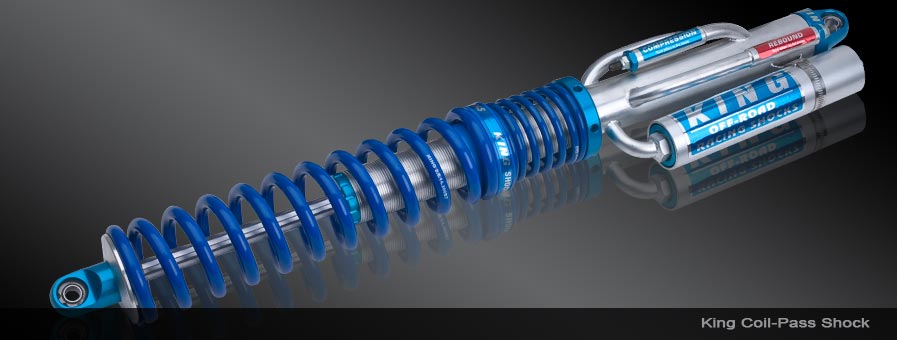
The Coilpass shock is a mix of external bypass and coil-over shocks in one body. Just like the external bypass shock, it contains tubes at the upper portion of the shock body that work on the upper portion of the shock travel and allows it to be adjustable in stages. However, it’s only the portion above the coil-over that are externally adjustable and the lower portion of the shock body is controlled just by the piston valves alone.
